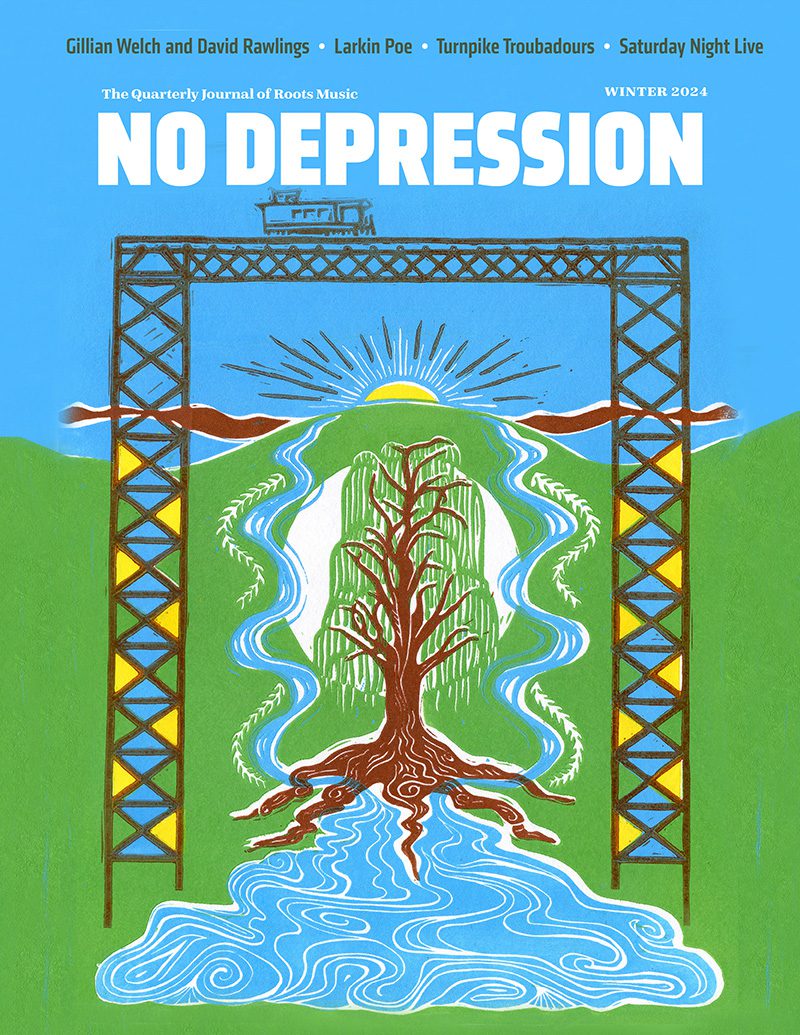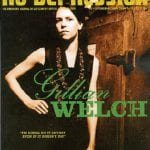Desperados: The Roots Of Country Rock
In rebelling against the rebellion, and seeking a return to America’s musical roots, the first generation of so-called country rockers was responsible for rock’s first real retrenchment, looking for a map of the future in the recordings of the Carter Family and Ralph Stanley, and in the heyday of the Bakersfield sound.
A fertile, if insulated, uprising flourished in the mid-1960s, bringing renewed vitality (and long hair) to older musical styles. It spawned some timeless, inventive music, which generally didn’t sell but eventually led to some of the most formulaic dreck pop music has produced, which sold like hotcakes.
John Einarson, the Canadian writer whose previous tomes include profiles of Neil Young and the Guess Who, tackles his most ambitious project to date with Desperados. Considering the incestuous nature of the scene, and the research required to sort it all out, Einarson’s task was enormous. All the more so given that the little-documented first stirrings of country-rock were marked by flawed experiments, commercial flops, and an industry lacking the first clue in how to market the newfangled music.
Los Angeles was the epicenter. Einarson dutifully traces the humble musical beginnings and tangled genealogy of the Byrds, Buffalo Springfield, the International Submarine Band, Poco, the Dillards, and others through clubs such as the Ash Grove and the Troubadour on through to the eventual mega-stardom of the Eagles.
He acknowledges the influential work of progenitors such as Buck Owens, the Everly Brothers, even Rick Nelson. He credits Clarence White, the Dillards, Gene Clark, and Chris Hillman as prime talents behind the new music, while other major figures such as Michael Nesmith, Linda Ronstadt, and the Nitty Gritty Dirt Band get considerable ink, too.
Along the way, Einarson rightfully singles out for praise long-lost, undeservedly obscure masterpieces of the genre: the Dillards’ Wheatstraw Suite; The Fantastic Expedition Of Dillard & Clark; John Stewart’s California Bloodlines; Ian & Sylvia’s Great Speckled Bird; and Hearts And Flowers’ Now Is The Time.
Einarson’s chatty, conversational approach, though stylistically unremarkable and a bit dry, is fine for the subject matter, especially if you’re into the subject as much as the author is. He conveys tons of details and context, and does a nice job of interweaving the various stories, bands, and characters. Einarson often lets his subjects paint the canvas, and as such, the voices of Hillman and ex-Springfield/Poco singer Richie Furay are center stage.
Notwithstanding Einarson’s labor of love, though, he could have used a stricter editor. The book is frustratingly organized, jumping indiscriminately from one subject to another; it allows its subjects to ramble a bit when a more succinct picture might suffice; and, incredulously, there is no index.
Still, considering the paucity of literature on this particular chapter of American music, and considering how the legacies of figures such as Gram Parsons and Gene Clark hang over today’s generation of troubadours, Desperados acquits itself well in piecing together a crucial chapter in the music’s history.




